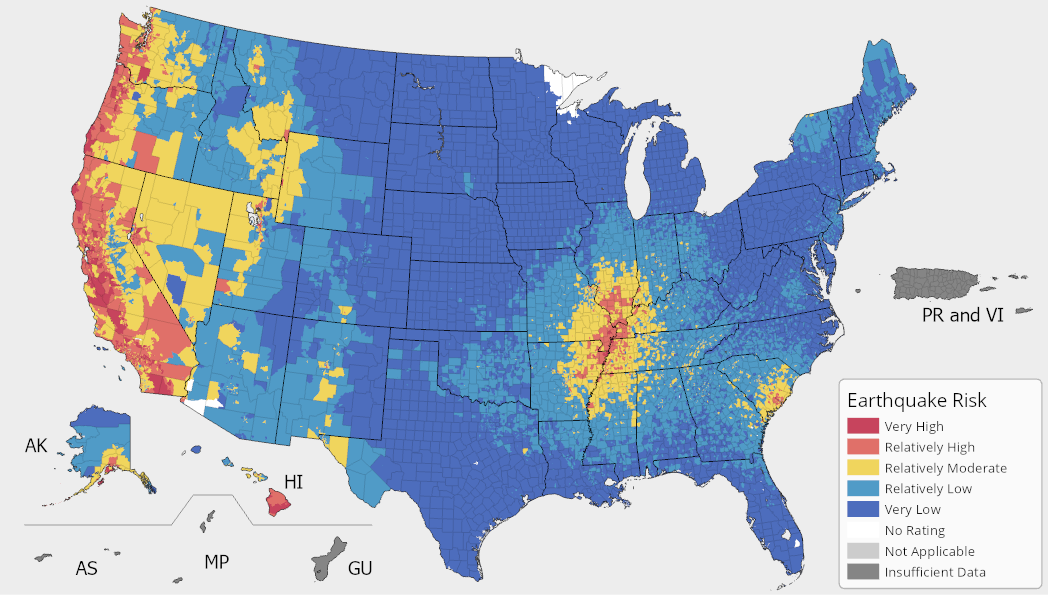Earthquake Risk Management and Insurance Considerations in the U.S.

Earthquakes result from the release of strain energy along fault lines within the Earth's lithosphere, causing abrupt ground motion. These seismic events generate waves that can disrupt geological structures and cause significant damage to infrastructure such as buildings, transportation, and utilities. The severity of an earthquake determines the extent of damage and associated risks to life and property.
A major secondary hazard of earthquakes is tsunamis, large oceanic waves capable of extensive coastal destruction, particularly prevalent in tectonically active regions like the Pacific Ring of Fire. This area accounts for about 80% of global seismic energy and is a critical focus for risk management and insurance assessment due to its high seismic and volcanic activity.
Understanding the mechanics of earthquakes and associated risks is essential for effective emergency planning, risk mitigation, and insurance coverage decisions. Critical considerations include pre-event preparedness, real-time response strategies, and post-event recovery protocols to minimize financial and operational impacts on businesses and homeowners.

